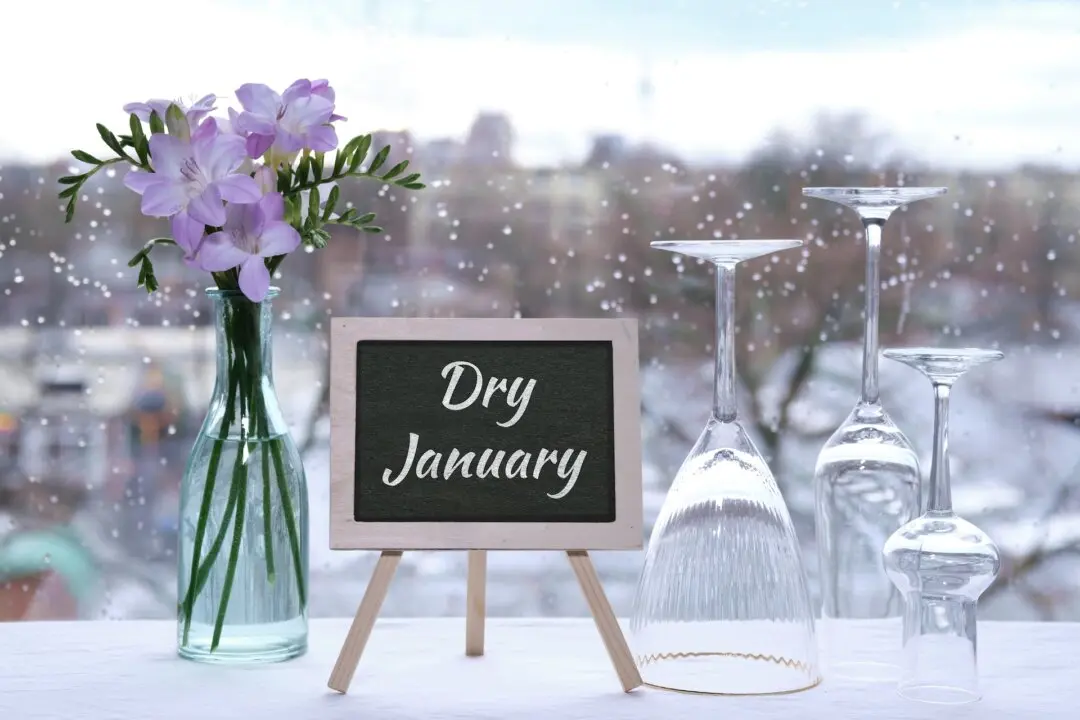After I recently recommended a New Zealand sauvignon blanc here, a reader emailed me to say he had tried and disliked the wine. He said it smelled like asparagus.
I replied that the wine was supposed to smell that way, and that it was consistent with sauvignon blanc from that southern-hemisphere, two-island nation.





